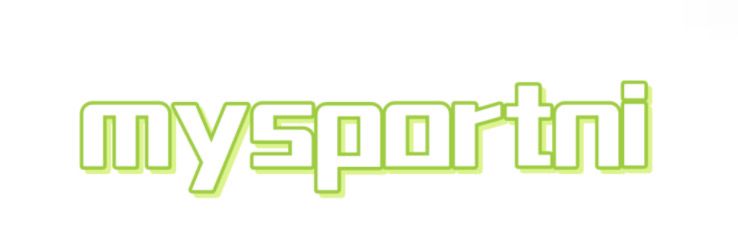FR-Fabric Innovations and Trends to Watch in 2025
The world of fabric technology is evolving rapidly, and flame-resistant (FR) fabrics are at the forefront of these innovations. As we look ahead to 2025, several key trends and advancements are set to transform the FR fabric industry, making it not only safer but also more versatile and appealing to a broader range of consumers and industries.
If you want to learn more, please visit our website fr-fabric.
One of the most significant trends in FR fabric development is the emphasis on performance-enhancing materials. Manufacturers are increasingly integrating new fibers and composite materials into their FR fabric designs, which improve not just flame resistance but also comfort, breathability, and durability. As workers in high-risk industries demand garments that can withstand harsh conditions while providing maximum comfort, the rise of performance-based FR fabrics is set to redefine industry standards.
Sustainability is another critical aspect to watch in the FR fabric market. With growing awareness of environmental issues, more consumers are looking for sustainable options in every area of their lives, including workwear. To meet this demand, manufacturers are exploring eco-friendly materials and production processes. In 2025, we can expect to see an increase in FR fabrics made from recycled materials or organic fibers, minimizing the environmental impact of production, while still maintaining high safety standards.
Advanced treatments and coatings will also play a crucial role in the future of FR fabrics. Innovations in chemical treatments can enhance the flame-resistant properties of fabrics without compromising their comfort or flexibility. Techniques such as nano-coating and other chemical processes are likely to become more mainstream, resulting in lighter, more effective fire protection solutions that can be applied to various textiles. This will allow industries to invest in products that not only offer safety but also lend themselves to modern fashion aesthetics.
Customization and personalization are becoming increasingly popular trends, allowing for garments that cater to the specific needs of users. The future will likely see more companies providing tailored FR fabric solutions that can accommodate particular hazards, industry standards, or employee preferences. This shift toward customization could allow companies to enhance worker safety, while also promoting brand identity through unique design choices.
Moreover, the integration of smart technology into FR textiles is on the rise. Innovations in wearable technology are being applied to create smart FR fabrics that can respond to environmental changes. For example, sensors embedded within the fabric could detect heat levels and provide real-time data to the wearer or their employer, enhancing safety measures in potentially hazardous work scenarios. By 2025, we could see the introduction of garments that not only protect but also actively monitor and react to the wearer's surroundings.
Another trend we predict will gain momentum is the expansion of FR fabrics into new markets. Traditionally used in industries such as oil and gas, electrical work, and firefighting, FR fabrics are increasingly finding applications in more mainstream sectors. This includes sectors like manufacturing, construction, and even hospitality. The ongoing development of innovative fabrics that meet regulatory requirements while appealing to a broader audience will open new revenue streams and create opportunities for further growth.
Finally, consumer education and awareness are vital components of this evolving landscape. As new technologies and materials emerge, the importance of informing industry professionals and consumers about the benefits and features of modern FR fabrics cannot be overstated. By bridging the knowledge gap, manufacturers can empower their customers to make informed purchasing decisions, which can drive demand for higher-quality, safer products.
In summary, the FR fabric industry is poised for significant transformation by 2025, with innovations focused on performance, sustainability, customization, smart technology, and market expansion. As we move toward this future, staying abreast of these trends will be essential for both manufacturers and consumers, ensuring that safety, comfort, and style come together seamlessly in flame-resistant fabrics. Engaging with these developments now could not only enhance your offerings but also significantly boost traffic to your product pages as consumers seek the latest advancements in FR safety.
For more Lightweight Fireproof Woven Textileinformation, please contact us. We will provide professional answers.


